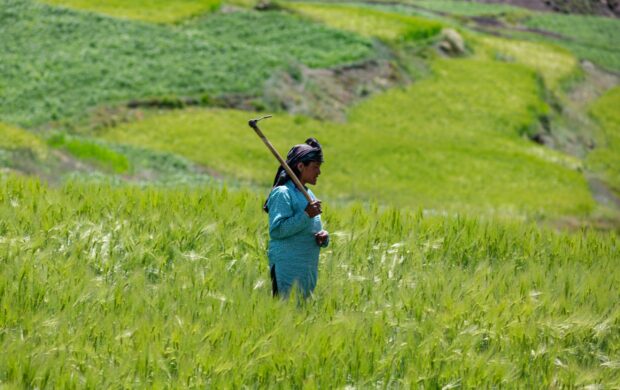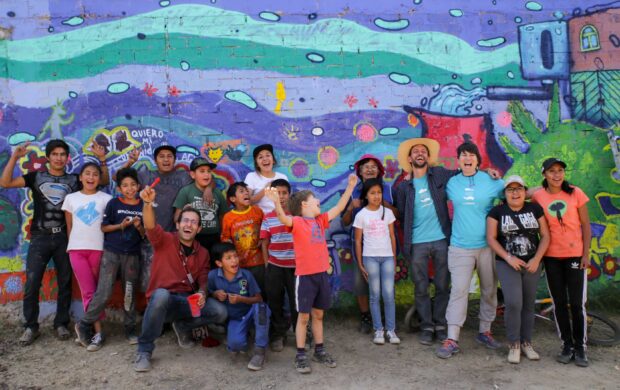We live in extraordinary times, when the interlocking crises facing humanity can seem overwhelming in their complexity and impact. Yet there is hope emerging from people and organisations that are embracing and experimenting with ‘regenerative’ approaches – challenging us to work with rather than against, the power of living systems.
While ‘regenerative’ approaches are not new, the systemic nature of the world’s issues is placing a newfound urgency on us all to adopt them, and quickly.
That means that our response to such crises has to have interdependence at its heart. In the face of this realisation, a constellation of approaches, known loosely as ‘regenerative’, are emerging which have the potential to embrace this living complexity and so unlock transformational change.
It draws on the innate capacity of humans, along with all living things, to recover and restore themselves.
With support from pioneering organisations like the Regenesis Group, Future Stewards andthe Presencing Institute, there’s growing excitement around its potential. What has up until now been practiced on a small scale by indigenous communities and permaculture practitioners – for example the food forest at the Sahainan Organic Permaculture Farm in Thailand – is now inspiring a broader movement to replenish soil health and harness the power of natural processes on any given farm. Companies like General Mills and Walmart, and initiatives like Zero Budget Natural Farming in India, have committed to enabling regenerative agriculture at scale. Regenerative farming and agriculture is a starting pointIncreasingly, initiatives are about more than just the health of the soil and the farm ecosystem, extending to the wellbeing of the farmers themselves, and the surrounding community – both human and natural.
A regenerative organisation would recognise its interdependence on other people and organisations. It would look to collaborate with others and influence and build the health of the critical systems on which it depends on for its prosperity, replenishing and reinvesting in the underlying systems on which it relies.
Such a business would see its role in a wider ecosystem, recognising that it is not a static entity but one that lives and evolves, and so would focus on building the underlying capacity of its employees and stakeholders.
Questions to hold
- Are regenerative approaches the critical unlock to the challenges of the decade ahead?
- How can we enhance the capacity of living systems to regenerate, adapt and flourish?
Actions to take:
- Map out what it means to embed a regenerative vision that goes beyond do-no-harm sustainability






Join discussion